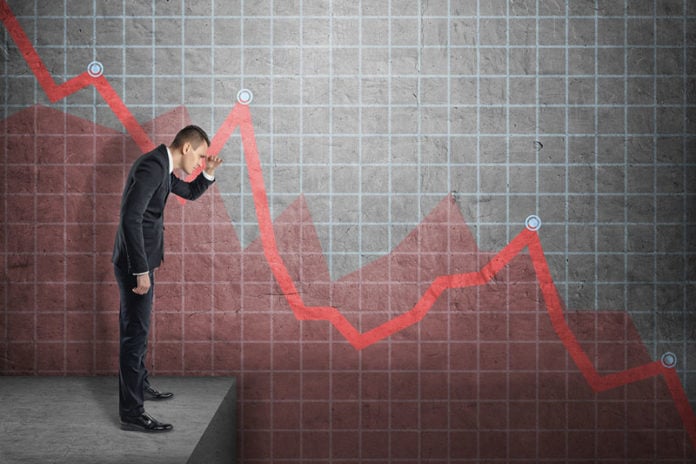A majority of college students are ignoring the costs for their student loans with more than a third of those students expect a full bailout from taxpayers. A poll investigating the personal financial habits of millennials uncovered a shocking level of financial ignorance and misplanning.
According to the survey, 34% of student respondents said that, “the federal government was going to forgive their loans” if they were unable to make their payments. And, only 14% of those who took out loans were confident that they would be able to repay them, according to the survey.
“Many student borrowers struggled to answer basic questions about student loan repayment,” the study group said. “Expectations are not clear when it comes to student loan repayment.”
The ignorance displayed by the 500 student respondents is striking – especially considering that the entire student loan market is backed by the federal government, and hence by the taxpayers. In fact, college students and graduates have taken out more than a huge $1.5 trillion to pay for their own educations and the default rate—failure to make the required payment in 270 days—on such loans stood at 11.4% in 2014.
The default rate on these student loans is on par with the 11.53% rate on the mortgages that occurred at the height of the 2008 housing crisis. While other default rates have since improved along with the economy, student loans failures have only increased.
Professor Richard Vedder, an economist at Ohio University specialized in the education market, said that student loans were “the exception” in delinquency rates as home and automotive defaults improved. Student loans are the exceptions and they haven’t had the fall off [in default] that other forms of lending have in part because students feel they can get away with non-repayment.”
Vedder does not put the blame on these students alone for their ignorance of loan terms. He points to the increasing pressure on the young people to go to college, as well as the depreciation of the four-year diploma as a salary metric in recent years. A bachelor’s degree once indicated to employers that a job candidate was worthy of a very high pay. As more people have gained the credentials its value has decreased since, while a number of jobs traditionally held by the high school graduates, dropouts, or vocational school have seen hikes in income, especially in the energy sector.
“There has been a large number of people who have borrowed an awful lot of money at a time when the gains of a college degree have stabilized or declined in relation to other forms of certification or competency,” he further said. “The perceived rate of return on a college diploma has declined.”
“It isn’t entirely irrational for students to think the way they have because federal service and public service forgiveness grew,” he said. “It’s bad public policy to throw those forgiveness options out there because it almost invites non-repayment on loans, particularly given the magnitude of the debt.”
Loan forgiveness may not be as easily attainable as the borrowers may imagine even under the Obama-era rules. More than 611,000 public servants were able to have their loans forgiven; but still the administration rejected nearly 500,000 applications to the program.
Perhaps spending $80,000 to get a worthless degree in “grievance studies” or “feminism” was not the best idea, millennials!






























